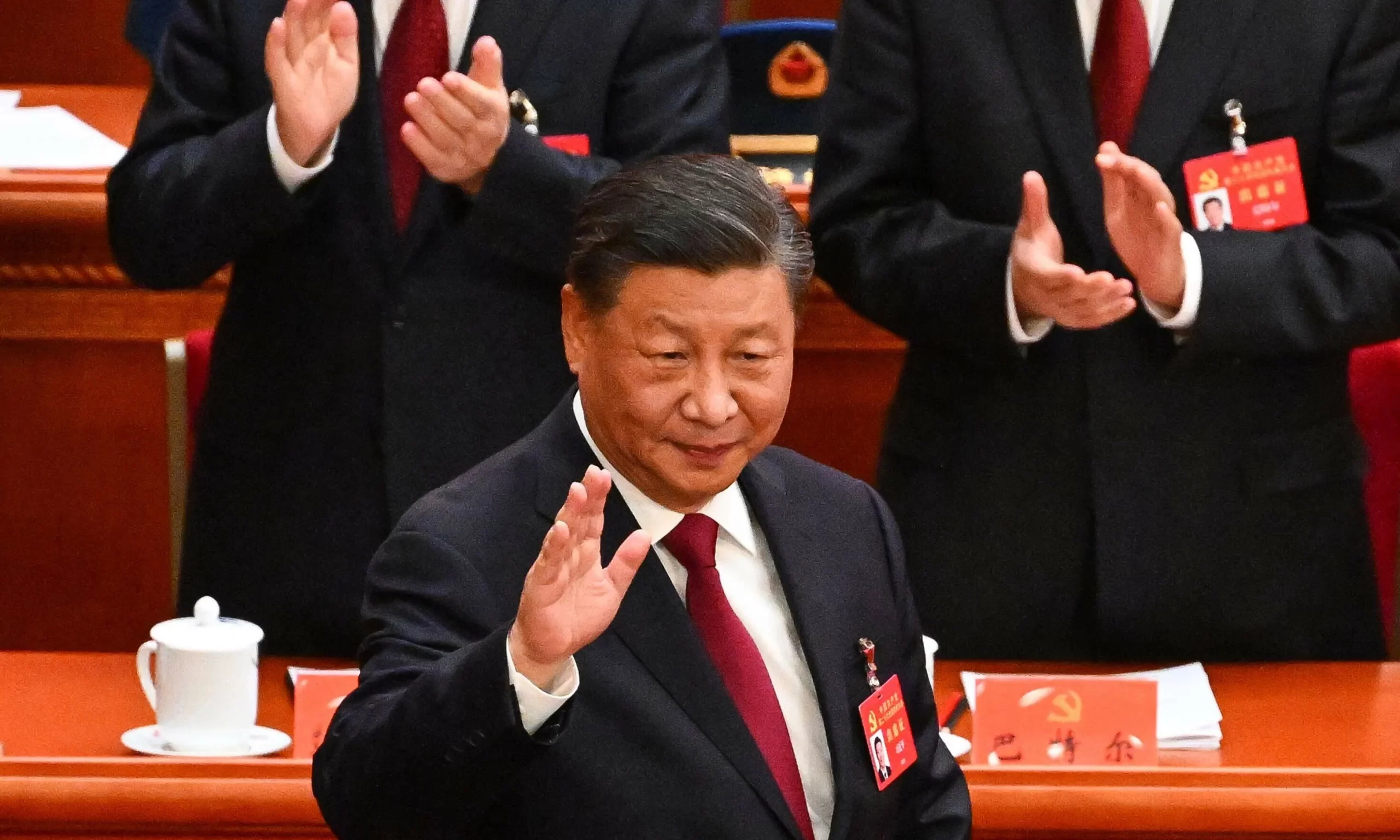Introduction
China has been on a relentless mission to bolster its domestic semiconductor industry in recent years including logic, DRAM etc. World’s second-largest economy, recognizes the pivotal role that semiconductors play in the global economy.
In a significant move towards self-sufficiency in semiconductor production, China’s government project secured an additional $5.3 billion. This funding is for building a massive semiconductor factory in the eastern part of the country.
This move not only reflects China’s ambitions to reduce reliance on foreign technology but also highlights the intense geopolitical and technological rivalry between China and the United States.
Join Our WhatsApp News for updated information on semiconductors & AI
Changxin Xinqiao Storage Technology making DRAM for China
Changxin Xinqiao Storage Technology, a semiconductor company based in Hefei, Anhui province, is the driving force behind this colossal project.
The company is poised to operate the $22.5 billion factory and has recently secured a $5.3 billion injection of funds to expedite its construction, as reported by a domestic research firm Qichacha.
The China Integrated Circuit Industry Investment, widely known as the “Big Fund,” which holds a 33% stake in Changxin Xinqiao, serves as the primary investor behind this financing.
Within three years, it is expected to commence mass production, marking a significant milestone in China’s semiconductor ambitions.
Read More: China First Homegrown 28 nm Lithography Tool to Be Delivered This Year
China Ban on Micron DRAM
First, the ban on Micron is part of a broader geopolitical chip war between the US and China. The US has imposed export restrictions on certain chip technologies to China, and China has responded with its own bans on US chipmakers. The ban on Micron is seen as a retaliation for the US export restrictions.
Second, the ban on Micron is a sign of China’s growing ambitions in the semiconductor industry. China is determined to achieve self-sufficiency in chip production, with a focus on the DRAM memory chip fab. Raising more funds for the fab underscores China’s commitment to developing its chip industry.
Third, the ban on Micron could create an opportunity for Chinese chipmakers. With Micron out of the picture, Chinese companies like Yangtze Memory Technologies Corporation (YMTC) and ChangXin Memory Technologies (CXMT) could gain market share in the Chinese market. This could help China to achieve its goal of self-sufficiency in chip production.
The ban on Micron and the DRAM memory chip fab construction are key components of China’s broader strategy. The goal is to bolster its own semiconductor industry and decrease dependence on foreign chipmakers.
China’s “Made in China 2025” Policy
China’s pursuit of semiconductor self-sufficiency forms a crucial component of the broader initiative known as “Made in China 2025.” Launched approximately eight years ago, this policy seeks to nurture high-tech industries with a particular focus on semiconductors.
China established the “Big Fund” to support this policy, and it has played a crucial role in financing the development of the country’s semiconductor industry. In the first phase, it invested around 140 billion yuan, followed by a second phase with an investment of about 200 billion yuan.
The Big Fund played a crucial role in nurturing three major memory semiconductor companies: Yangtze Memory Technologies (YMTC), ChangXin Memory Technologies (CXMT), and Fujian Jinhua Integrated Circuit.
These companies represent China’s efforts to build its semiconductor capabilities and reduce dependence on foreign technology.
Read More: How Huawei Could be a Winner in US Ban of Nvidia GPUs?
Challenges and U.S. Sanctions
Despite these ambitious efforts, China’s semiconductor industry faces several challenges.
U.S. sanctions have made it increasingly difficult for Chinese companies to import advanced semiconductor manufacturing equipment.
In October last year, the U.S. imposed export restrictions on advanced chip equipment to Chinese clients without a license, worsening the situation.
The departure of U.S. engineers has cast another shadow on China’s semiconductor sector, as they played a critical role in driving technological advancements.
This talent drain poses a significant hurdle for China’s ambitions to become a global semiconductor powerhouse.
Read More: 10-15% Sales Hit For ASML in China Amidst US Ban
Future Prospects of China DRAM project
Looking forward, Beijing is reportedly considering a third phase of investment by the Big Fund. This comes after the completion of the second phase.
The funding for this third phase could reach an astonishing 300 billion yuan, surpassing previous levels of investment.
This demonstrates China’s unwavering commitment to becoming a major player in the semiconductor industry.
As of now, research firms at home and abroad estimate that China’s semiconductor self-sufficiency rate stands at 20% to 40%.
The semiconductor industry’s significance is evident by the fact that chips have now become China’s largest import item, surpassing even crude oil.
Conclusion
China’s determined pursuit of DRAM self-sufficiency underscores its commitment to reducing reliance on foreign technology and asserting global technological prowess.
The $5.3 billion boost for the semiconductor factory project is a part of a larger strategy for technological independence.
The intense rivalry between China and the United States in the semiconductor sector carries far-reaching implications for the global technology landscape and economic dynamics.
Reference: Nikkei Asia




